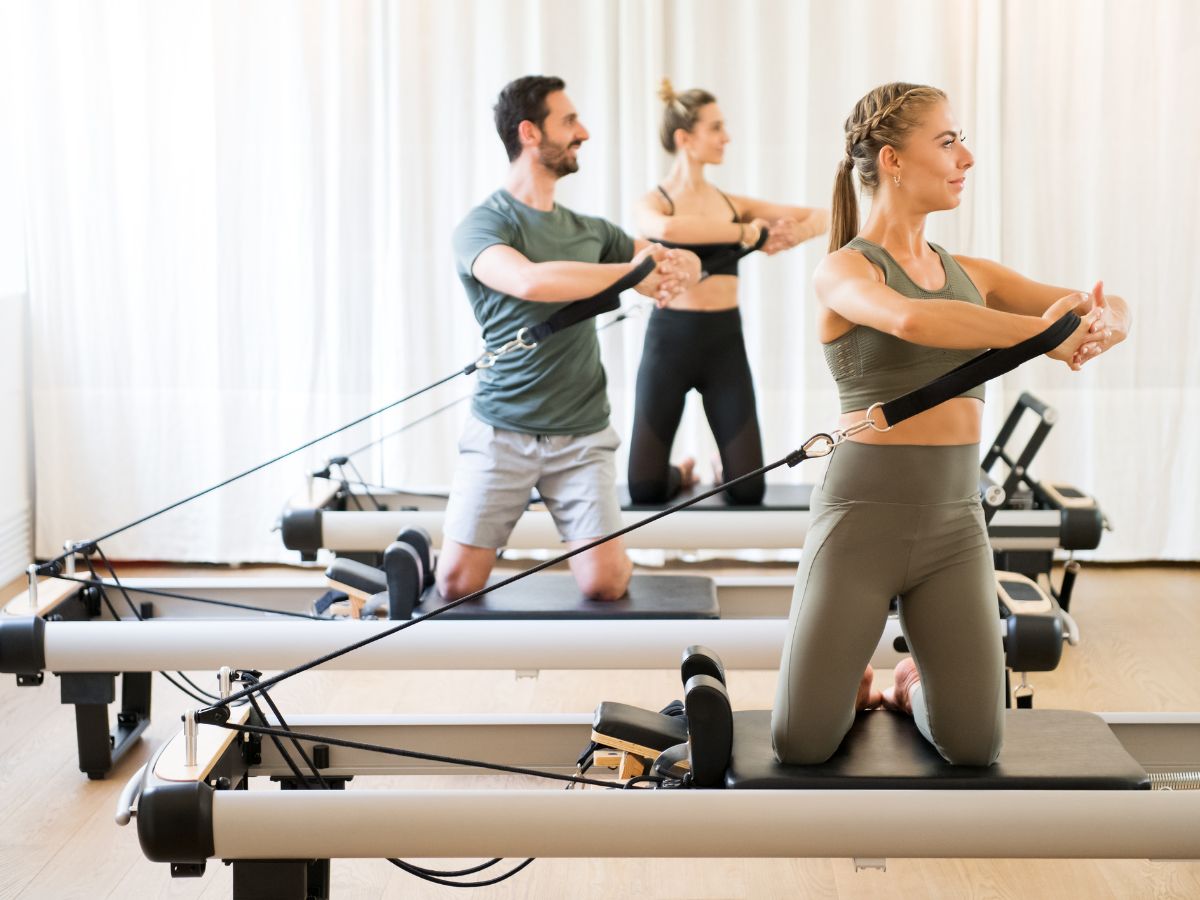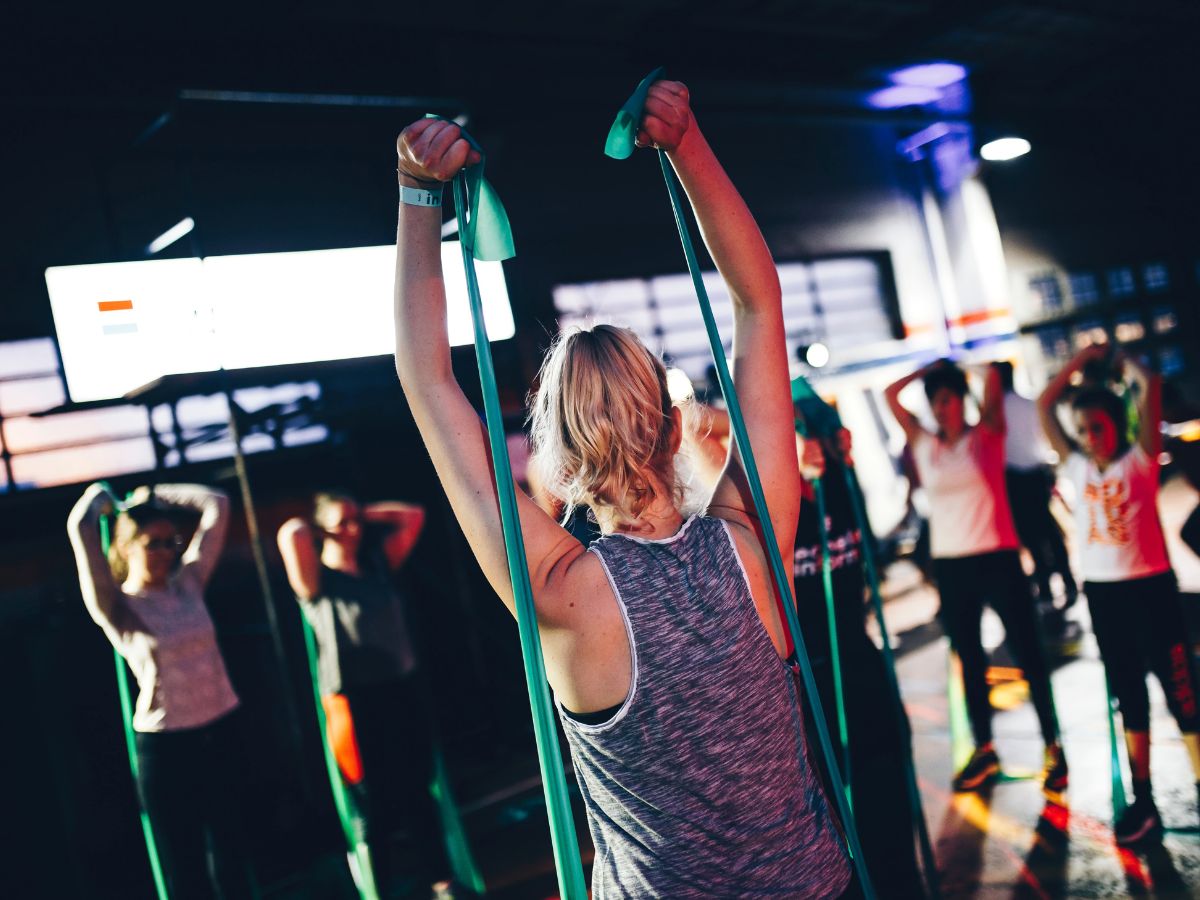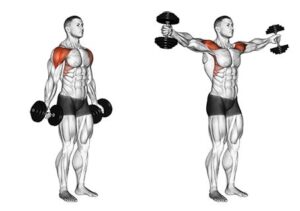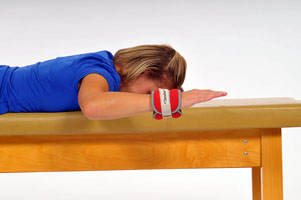Table of Contents
ToggleCan rotator cuff heal itself?
‘Can rotator cuff heal itself” means The rotator cuff can, at times, mend itself somewhat, particularly in instances of minor or halfway wounds. In any case, the degree of normal recuperating can change broadly contingent upon the seriousness of the injury, individual elements, and the individual’s age.
An occasions of minor strains or aggravation, rest, non-nosy treatment, and moderating medications may be satisfactory to allow the rotator sleeve to recover in isolation. In such cases, the body’s normal recuperating cycles can fix the harmed tissue over the long haul.
For additional serious wounds, for example, full-thickness tears or constant degeneration, complete self-recuperating might be more uncertain. In these cases, clinical mediation, like exercise-based recuperation, corticosteroid infusions, or, at times, careful fixing, might be important to advance mending and reestablishing capability.
It’s fundamental to talk with medical services proficient for a legitimate assessment and therapy plan on the off chance that you suspect a rotator sleeve injury, as early intercession can frequently prompt improved results. They can give direction on the most fitting strategy in view of the particular injury and individual conditions.
Six best rotator cuff exercises
- External rotation
- Doorway stretch
- Scaption
- Prone external rotation
- Shoulder stretch
- Cable internal rotation
External rotation

Connect the theraband at midriff level to a door handle or post. While remaining sideways to the entryway and confronting straight ahead, handle one finish of the band and pull the band as far as possible through until it is tight. The feet are shoulder-width separated, and the knees are somewhat flexed. The elbow is put close aside with the hand as hidden from plain view as could be expected (consider this elbow similar to a depend on a door). Taking the rope in the hand, ‘set’ the shoulder bone and move the hand away from the body to the extent that it feels good. Get back to the beginning position.
How to do External rotation?
- Stand or sit with a great stance, keeping your back straight.
- Grasp an obstruction band or a light-free weight as an afterthought you need to work. The elbow ought to be bowed at a 90-degree point and near your body.
- Keep your lower arm lined up with the ground and your palm confronting the floor.
- Draw in your center and keep up with a legitimate stance all through the activity.
- Breathe out as you gradually pivot your lower arm outward, away from your body. This development ought to begin from the shoulder joint, not the wrist.
- Hold briefly toward the finish of the turn to feel the compression in your outside rotator muscles.
- Breathe in as you return to the beginning situation with control.
- Perform 2-3 arrangements of 12-15 redundancies on each side.
Doorway stretch

A doorway stretch is a direct and practical activity that targets the chest and shoulder muscles. To perform it:
- Stand in a doorway with your arms twisted at a 90-degree point, setting your lower arms and palms against the door jamb.
- Delicately slant forward, allowing your chest to open and your shoulders to expand.
- Stand firm on this footing for around 20-30 seconds while breathing profoundly.
This stretch lightens strain and snugness in the chest and shoulders, making it especially valuable for people who burn through broadened periods sitting or working in a work area. It can likewise further develop stance and adaptability in the chest area.
How to do Doorway Stretch?
- Stand confronting a doorway with your feet shoulder-width apart.
- Raise your arms to bear level and twist your elbows at a 90-degree point, framing a goal line shape with your arms.
- Put your lower arms and hands on the door jamb or entryway, with each lower arm lying on an alternate side of the edge.
- Delicately incline forward, permitting your chest to travel through the entryway while keeping your arms set up.
- You ought to feel a stretch in your chest and the front of your shoulders.
- Hold the stretch for 20-30 seconds while breathing profoundly and unwinding into the stretch.
- Gradually return to an upstanding position and rehash depending on the situation.
Scaption

Scaption recommends raising your arms from your sides and somewhat forward. To a great extent, it’s implied as a scapular plane ascent. During scaption, you draw your shoulder bones toward the point of convergence of your spine, which helps with opening your chest. The improvement creates grit in the shoulders and back. Zeroing in on your construction during scaption can help with making body care.
How to do Scaption?
- Stand or sit with a great stance, and it is directly to guarantee your back.
- Hold a free weight in each hand, palms looking in, and let your arms hang normally at your sides.
- Gradually raise the two arms, all the while lifting them forward and up at a 30-45 degree point. Envision making a “Y” shape with your arms.
- Keep your thumbs facing up as you lift.
- Lift until your arms are generally at shoulder level or somewhat beneath, yet abstain from going higher to forestall overstraining the shoulder joints.
- Stand firm on the raised foothold momentarily to feel the constriction in your shoulder muscles.
- Bring down the free weights back to your sides in a controlled way.
- Perform 2-3 arrangements of 12-15 redundancies with proper weight.
Prone external rotation

Lie on your stomach on a bed with the involved arm out aside, off the edge of the bed, and elbow twisted to 90° with your thumb toward the body. Crush shoulder bone toward the spine and descending. Turn your lower arm up.
How to do a Prone external rotation?
- Hold a dumbbell in one hand with your elbow bent at a 90-degree point, outlining an L-shape with your arm. Your lower arm should be agreed with the ground, and your palm should stand up to it.
- Attract your middle muscles to keep an impartial spine and settle your body.
- Breathe out as you remotely turn your arm, lifting the free weight while keeping your upper arm fixed. The movement ought to include turning your lower arm outward.
- Stand firm on the lifted foothold briefly to feel the compression in your outside rotator muscles.
- Breathe in as you gradually lower the hand weight down in a controlled way.
- Perform 2-3 arrangements of 12-15 reiterations on each side.
Shoulder stretch

Tight shoulders can cause torture or robustness in your neck, back, and chest region and cut off your regular activities. Your shoulders could feel tight and strong in view of pressure, strain, and misuse.
Tight shoulders can, in like manner, be achieved by sitting for extended periods, wrong resting positions, and wounds. A sad position and less-than-ideal game plan for your body can similarly have an impact.
How to do Shoulder Stretch?
- Arrive at your right arm straight out before you at shoulder level.
- Take your left hand and delicately handle your right arm simply over the elbow.
- Apply delicate strain with your passed close by to pull your right arm across your chest towards your left side.
- As you do this, turn your head to one side to improve the stretch.
- Delivery and return to the beginning position.
- Rehash the stretch on the opposite side by broadening your left arm and pulling it delicately across with your right hand while turning your head to the left.
Cable internal rotation

Stand upstanding close to a link pulley sideways and handle the single-hand link connection with the arm closest to the link (your inside hand). Change the link pulley to a center position (at the midsection level). Your inside lower arm is inverse to your center and agrees with the floor.
How to do Cable internal rotation?
- Position: Stand opposite the cable machine with your functioning side confronting the machine. For instance, assuming that you’re focusing on your right shoulder, the machine ought to be on your left side.
- Hold: Snatch the D-handle with your functioning hand, palm overcoming, and twist your elbow to 90 degrees. Your upper arm ought to be near your body.
- Position: Keep a steady position with your feet shoulder-width separated and a slight twist in your knees. Keep your non-working hand on your hip or thigh for balance.
- Execution: Breathe out as you pivot your shoulder by pulling the handle across your body towards your midline. Your lower arm ought to pivot internally during this movement.
- Hold: Delay momentarily toward the finish of the development to feel the withdrawal in your inward rotator muscles.
- Return: Breathe in as you gradually and controllably discharge the link, permitting it to pull your arm back to the beginning position.
- Redundancies: Perform 2-3 arrangements of 12-15 reiterations on each side.
How can rotator cuff heal itself?
Rest: Giving the harmed shoulder sufficient rest is urgent. Keep away from exercises that compound the aggravation or strain the shoulder, which permits the body to zero in on mending.
Calming Prescriptions: Nonsteroidal mitigating drugs (NSAIDs) can assist with diminishing irritation and agony, working with the recuperating system.
Non-intrusive treatment: An organized exercise-based recuperation program can help with the restoration of the rotator sleeve. Advisors can give activities and strategies to develop shoulder portability, strength, and adaptability while advancing mending.
RICE Strategy: Utilizing the Rest, Ice, Pressure, and Height (RICE) technique can assist with overseeing aggravation and agony in the underlying phases of a physical issue.
Time: Regular mending takes time. The body steadily fixes harmed tissues, including the rotator sleeve, over weeks to months.
Way of life Alterations: Staying away from exercises or developments that demolish the condition is fundamental during the mending system.
Legitimate Nourishment: A reasonable eating routine can uphold the body’s recuperating instruments by giving vital supplements to tissue fixes.
FAQ:
How long does it take for a torn rotator cuff to heal without surgery?
The timeframe a rotator sleeve will take to recuperate without a medical procedure can change from one individual to another and is reliant upon a heap of variables. Tolerating the tear is minor; with genuine rest and recovery, it could expect four to about a month and a half to be totally recovered from that tear.
Should I exercise my rotator cuff if it hurts?
Prior to working out, warm up your muscles and ligaments in a warm shower or with a warming cushion. You might encounter some gentle irritation with muscle-conditioning practices — ice applied to the shoulder ought to assist with easing it — yet in the event that you foster sharp or serious agony, stop the activities for a couple of days.
Can a damaged rotator cuff repair itself?
A rotator cuff tear will not generally mend all alone without a medical procedure. Be that as it may, non-careful medicines can assist with alleviating agony and developing fortitude in your shoulder. Not all rotator sleeve tears require a medical procedure. For some individuals, non-careful administration can be sufficient to permit you to utilize your shoulder once more.
What is the fastest way to heal a sprained shoulder?
After you get a determination of shoulder strain or sprain, your NYU Langone specialist might suggest a mix of rest and immobilization to decrease torment and enlarging. Your PCP might encourage you to change your day-to-day exercises to try not to put weight on the shoulder.
Read More :